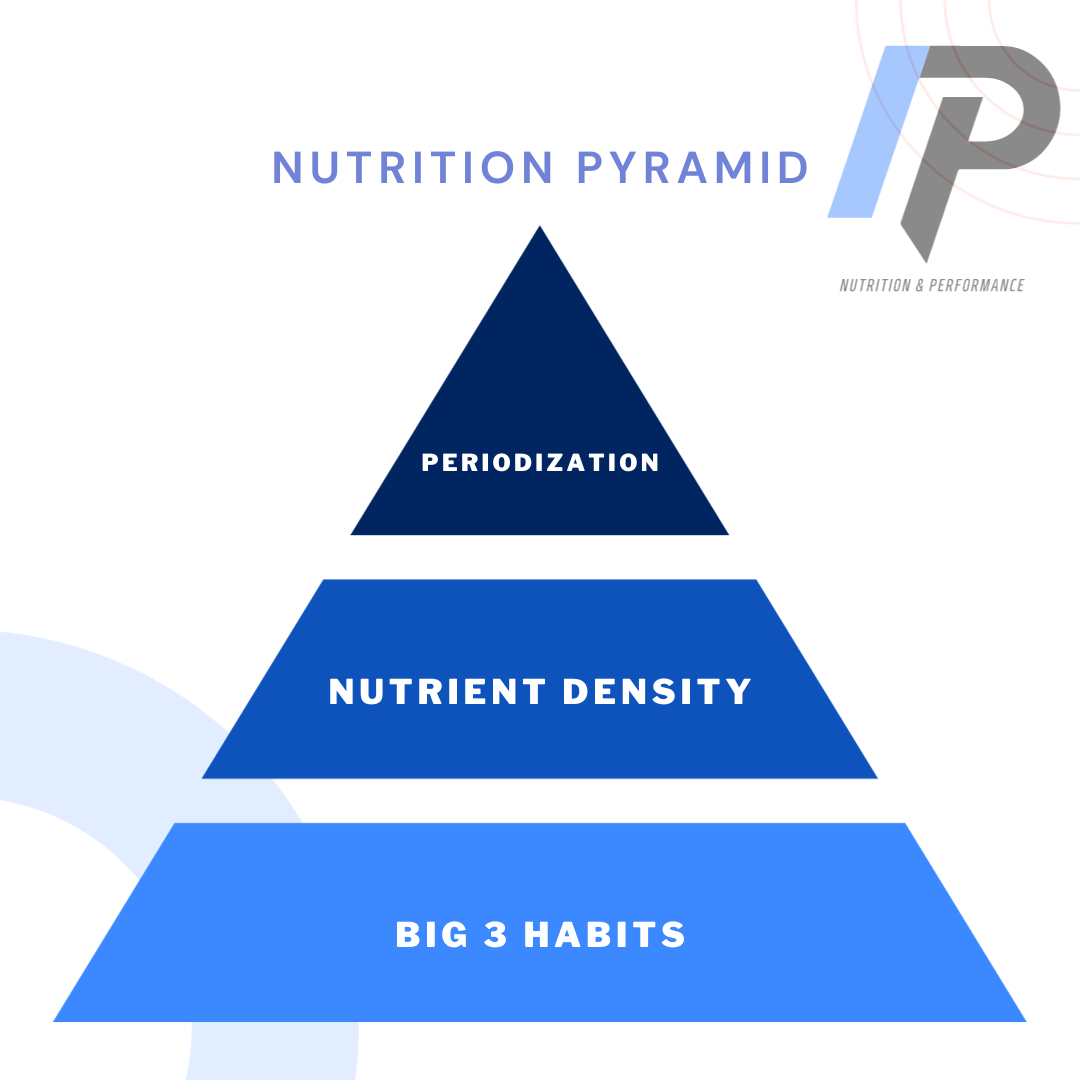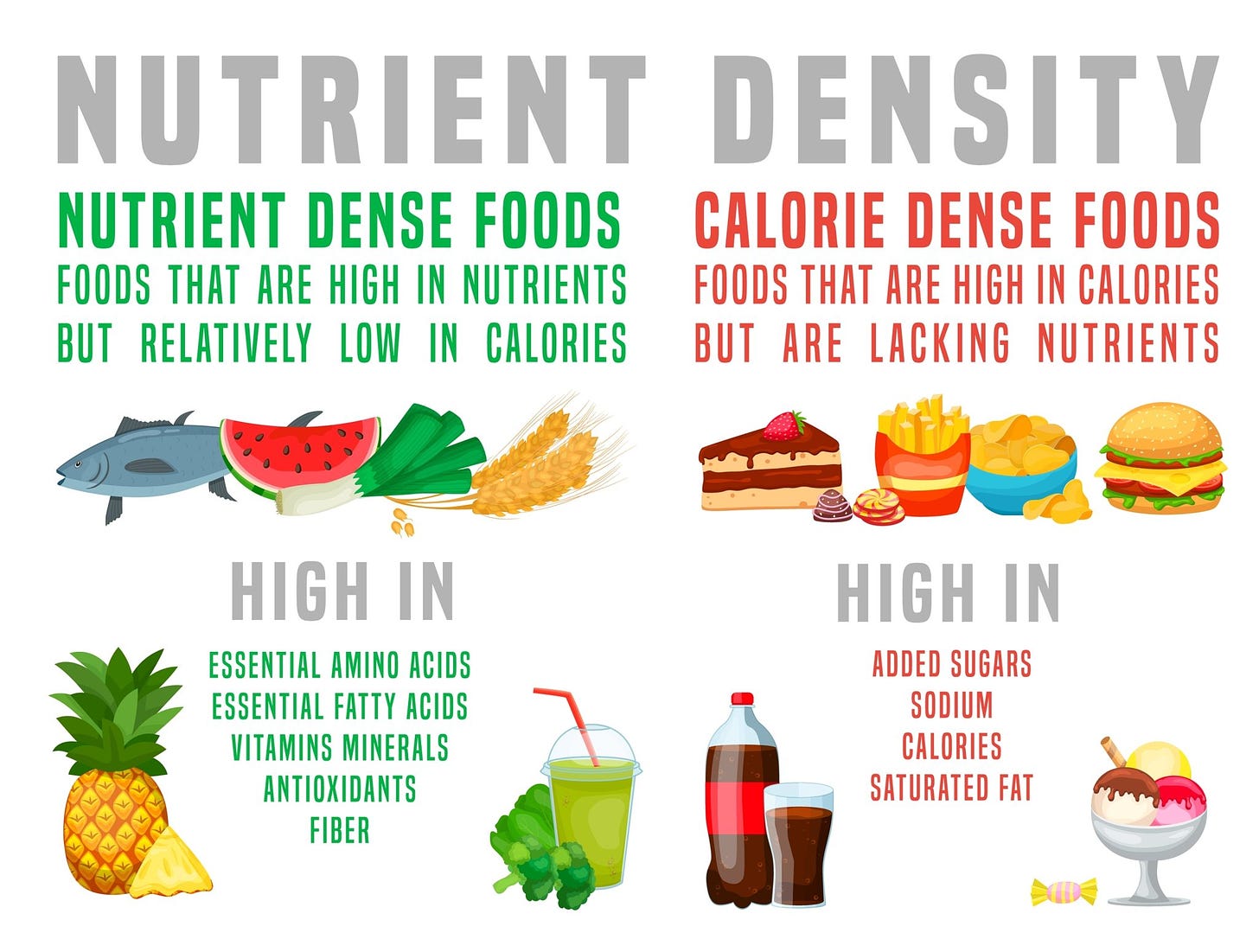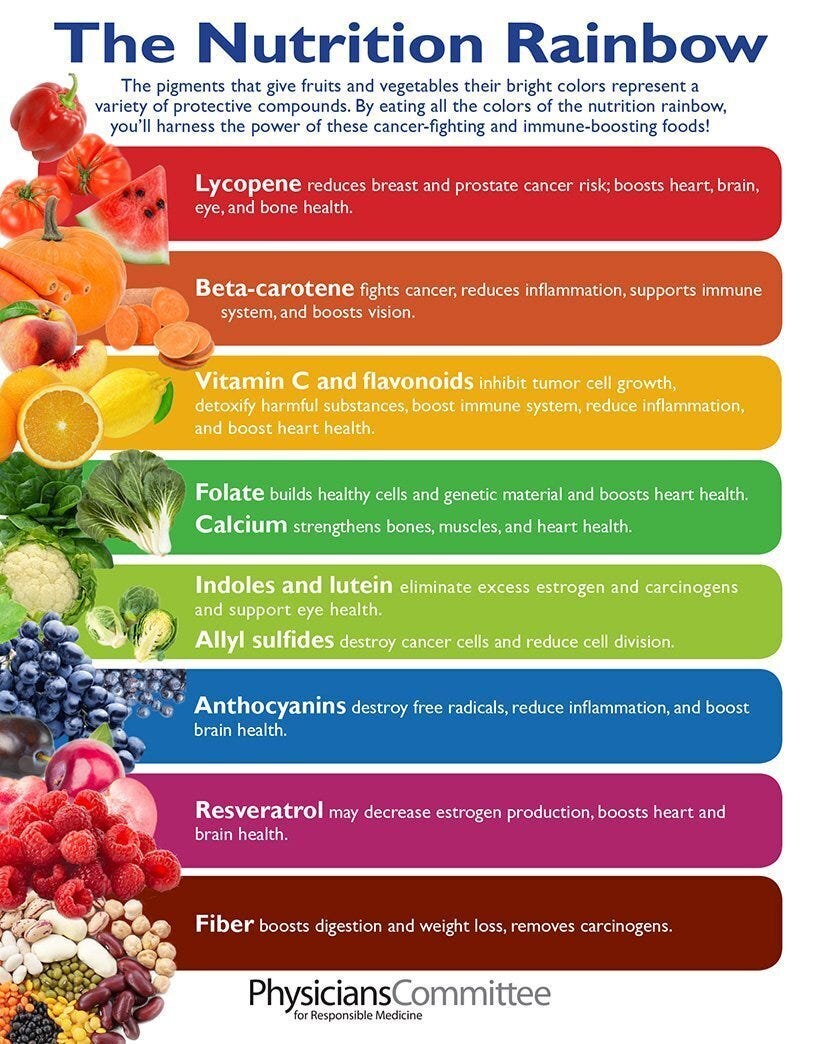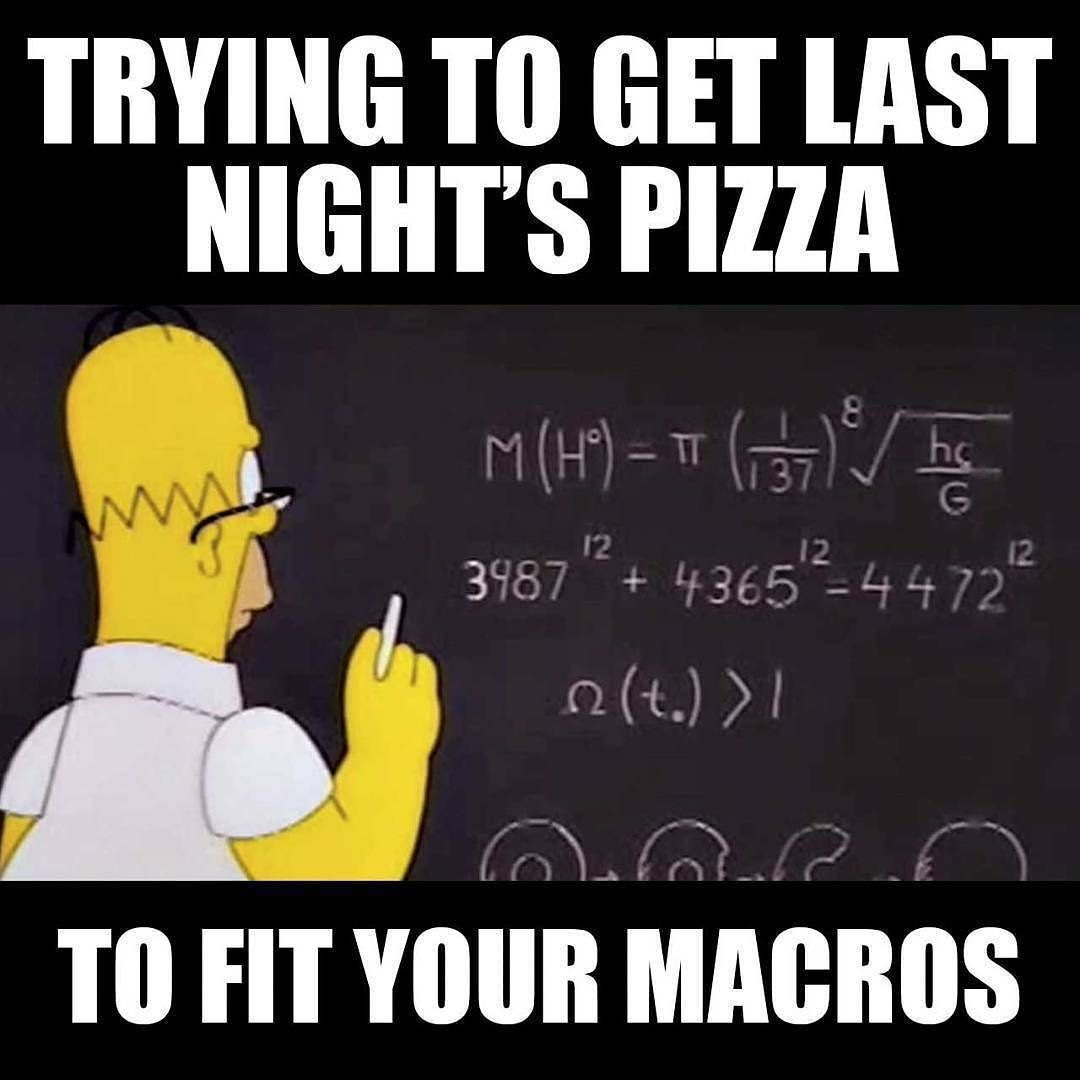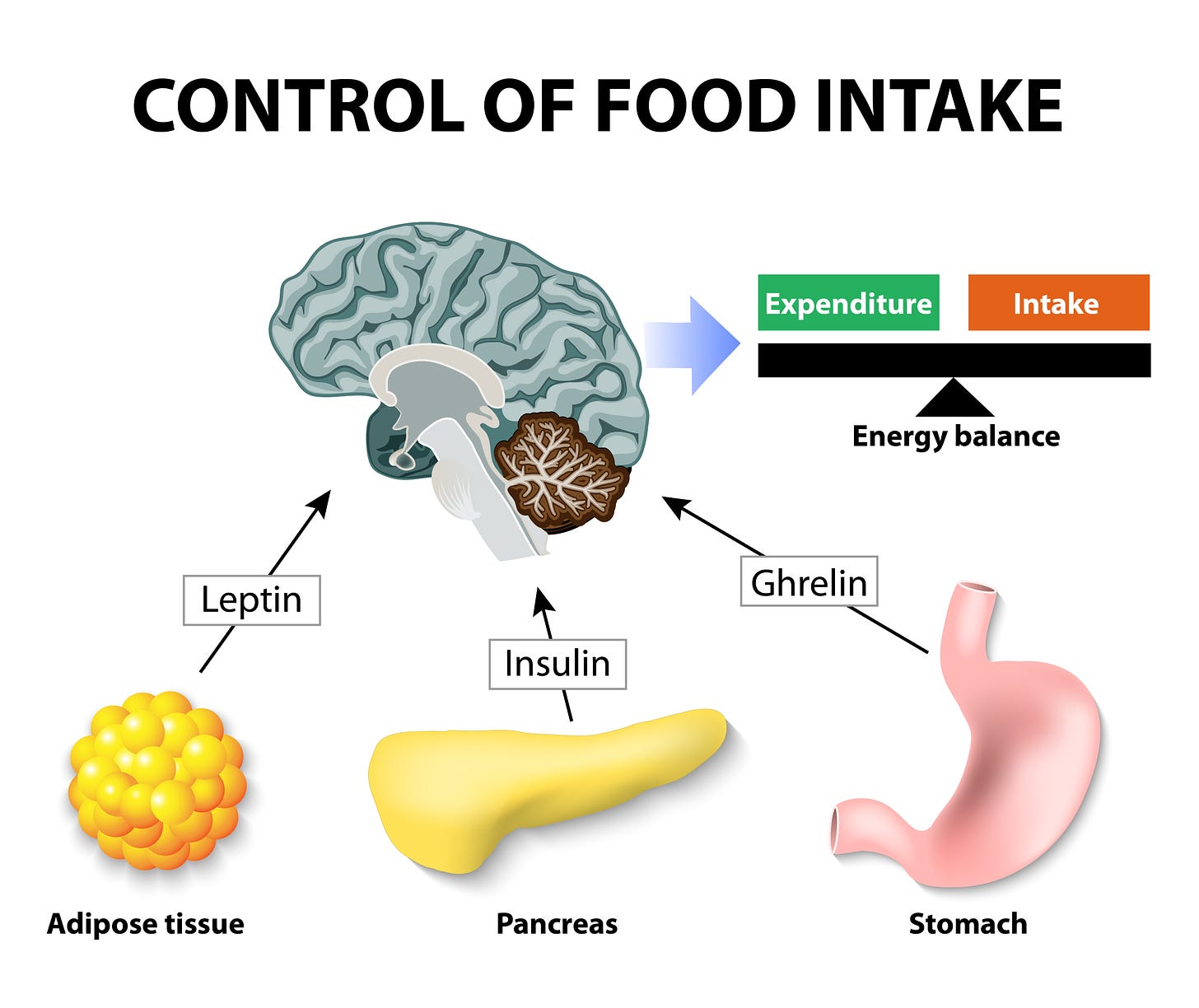If you still haven’t read part 1, read it here. The big 3 habits we discussed in the prior article included: meal prep, sleep schedules, and establishing a meal & snack frequency. Trying to nail down nutrient density and quantity with no good habits set is like trying to run before walking, but without legs, you’re on fire, and a swarm of rabid bats is attacking you. You’re not gonna make it.
First, we’ll define the terms nutrient density and quantity. Nutrient density can be defined as the total nutritional value in the daily diet. Greater nutrition value means greater amounts of micro- and phyto- nutrients. Easy examples of this would be the vitamin and mineral content of foods but other small components like phytonutrients are also important. Unlike vitamins and minerals, phyonutrients aren’t essential for life. They do however help to regulate hormone & immune function.
More vitamin, minerals, & phytonutrients = more nutrient dense.
Why track nutrient density
Very simple, the answer comes down to avoiding nutrient deficiencies, promoting general health (absence of disease state & maintenance of regular bodily functions), and cellular & metabolic processes. Vitamins and minerals are cofactors for innumerable chemical reactions in the body. In addition to just avoiding disease, they have an effect on hormones and consequently substrate utilization and exercise recovery.
The best way to identify nutrient deficiencies would be to run a panel or blood test for every single nutrient. Unfortunately this isn't possible financially for most people and quite frankly isn’t worth the hassle. Identifying which nutrients are consistently low in the diet provides a good sample to determine which nutrients might be insufficient. Insufficiency isn’t deficiency, but nevertheless it’s suboptimal.
Generally speaking, having more antioxidants and fiber in the diet from fruits and vegetables will have positive outcomes. It will reduce reliance on supplements for key nutrients and help to vary your diet because chicken and rice gets boring very quick. Diet variety is also important to ensure adequate micronutrient intake but also to ensure you’re getting nutrients from all types of foods. “Eat the rainbow” is a common phrase that encourages eating different colors of produce since they provide various nutrients.
Nutrition Quantity
Quantity refers to the total amount of food consumed. You can still get fat or gain weight in general by eating ”healthy” whole foods. It’s more difficult to do so, which is why this should be a focus after establishing your habits. Keep in mind our discussion about thermodynamics in the prior article. Nothing (besides black holes and God) is immune to the laws of thermodynamics. Therefore, unless you are God or a black hole, you too will abide by the laws of thermodynamics. There are some weird phenomena in quantum physics that have exceptions to some universal laws, however eating an avocado every day is not going to disrupt the order of the universe (sorry).
Quantity can be tracked a couple of different ways. One obvious method is tracking macronutrients (macros) with an app. Myfitnesspal tends to be a commonly used app although it isn’t the best. Cronometer would be my recommendation since it is much more detailed and customizable. A written food journal is old school but still effective.
Energy Balance
A positive energy balance will lead to weight gain and a negative energy balance will lead to weight loss. Whether the weight change comes from water, adipose tissue (fat), or lean body mass (muscle, bone, tendon, ligaments) is dependent on cellular signalling and hormonal activity. Controlling quantity is important to eventually get to the next layer of the pyramid, periodization.
Energy Balance = Energy in - Energy out
Quantity is the easiest thing to control in this entire pyramid. You can lose weight eating pizza exclusively if you really wanted to. Again, this might not be optimal since where the weight loss comes from depends on more than just energy intake. Not to mention, surviving on only a couple pizza slices per day would be a measly existence.
Quantity cannot be tinkered with until the habits are established. Arguably the quality of food is the most important thing you could focus on but it’s also the most difficult. The pyramid was created for people to be able to fix their nutrition, it still makes the most sense to dial in the habits before you move into heavily diversifying the diet with micronutrients and phyochemicals.
It’s important to keep emphasizing, you can’t move up the pyramid until you satisfy the lower tiers. Without good feeding habits you fall into potential weight, regain upon diet discontinuation and losing hard earned weight loss progress. If you eat super healthy but also forget to eat due to lack of planning, you undereat due to infrequent meals, and you don’t get good sleep, then the benefits of your “healthy” diet with be blunted.
Quantity of food consumption is regulated via the hormones leptin and ghrelin. Also known as the “hunger hormones”. Ghrelin is known for signaling hunger and leptin is known for signaling fullness or satiety. The longer the diet or energy deficit, the greater the ghrelin output. The greater the constant feeding or weight gain, the greater the leptin output (to a point).
This is a simplification, but understand that your body tries to maintain your metabolism around a certain set point by controlling your intake in part with ghrelin and leptin. The hunger hormones play a large role in why we periodize nutrition, a concept we will discuss in part 3.
Until then, be an adult and eat your vegetables.




